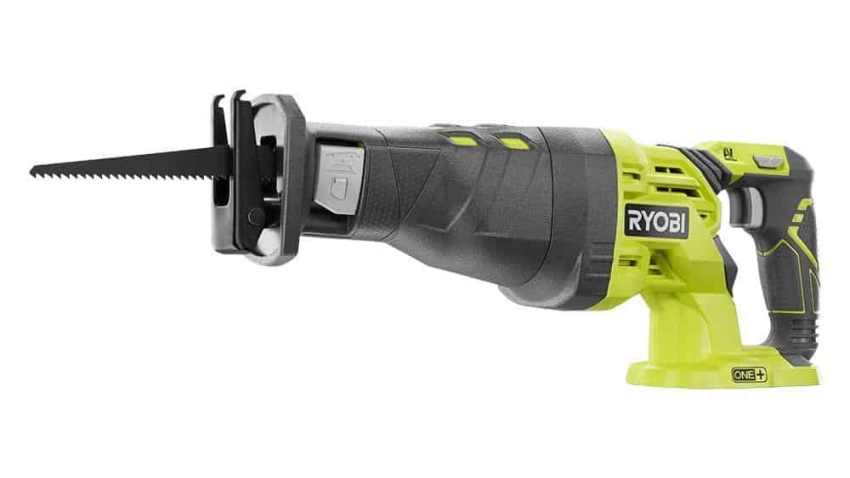
Versatile Reciprocating Saw: Powerhouse for Demolition and More
The reciprocating saw, also known as a recip saw or sabre saw, is a powerhouse tool that shouldn’t be underestimated. Unlike its circular saw or jigsaw cousins, the reciprocating saw doesn’t spin. Instead, it boasts a straight blade that moves back and forth in a rapid, reciprocating motion, making it perfect for tackling tough jobs and a variety of materials.
Built for Demolition
When it comes to demolition projects, the reciprocating saw reigns supreme. Its ability to cut through various materials quickly and efficiently makes it an essential tool for renovations, tear-outs, and general dismantling. Need to break through drywall or plywood? The reciprocating saw slices through them with ease. Encountered pipes or conduit embedded in the wall? No problem. With the appropriate blade, the saw tackles metal with minimal fuss.
However, the reciprocating saw’s usefulness in demolition extends beyond just walls. It excels at cutting through lumber, making it ideal for removing beams, joists, or unwanted framing. Likewise, it tackles plumbing tasks like severing old pipes or removing stubborn fixtures.

More Than Just Demolition
While demolition might be its forte, the reciprocating saw’s versatility shines in other applications. Here’s how this handy tool can be used beyond tear-outs:
-
Landscaping: Trimming thick branches or cutting through stubborn roots becomes effortless with a reciprocating saw. Its compact size allows for maneuvering in tight spaces between trees and shrubs.
-
Rough-In Work: During plumbing or electrical rough-in, the saw cuts through drywall to create openings for outlets, switch boxes, and pipe chases.
-
Metalwork: With a dedicated metal-cutting blade, the saw tackles sheet metal, conduit, and even rebar.
-
Salvaging Materials: When dismantling old structures, the reciprocating saw allows for selective demolition, saving usable materials like lumber for future projects.

Choosing the Right Blade
To unlock the full potential of your reciprocating saw, using the right blade for the job is crucial. Blades come in various lengths, tooth counts, and materials.
-
Length: For deeper cuts, opt for longer blades. However, for better control in tight spaces, a shorter blade might be preferable.
-
Tooth Count: Blades with more teeth (higher tooth count) are ideal for cleaner cuts in wood or plastic. Conversely, blades with fewer teeth (lower tooth count) make faster cuts through metal.
-
Material: Standard blades are designed for wood, while bi-metal blades handle both wood and metal. For heavy-duty metal cutting, dedicated metal-cutting blades are a must.

Safety First
The reciprocating saw’s power demands respect. Here are some safety tips to remember:
-
Wear proper personal protective equipment (PPE): Safety glasses, gloves, and ear protection are essential.
-
Maintain a firm grip: The saw’s forceful reciprocating motion can cause it to buck if not held securely.
-
Use the correct blade: As mentioned earlier, matching the blade to the material ensures clean cuts and reduces the risk of binding or kickback.
-
Stay clear of the blade: Keep your hands and body well away from the cutting path to avoid accidental injury.
-
Unplug before changing blades: Always ensure the saw is off and unplugged before changing blades.

Storage and transportation considerations
The reciprocating saw’s powerful blade demands careful storage and transportation. Here’s how to ensure your saw stays safe and ready to tackle any project:
Storage:
- Cleanliness is Key: After use, wipe down the saw to remove any debris or sawdust buildup. This prevents rust and ensures smooth operation next time.
- Blade Protection: A blade sheath is a wise investment. It protects the blade from damage and prevents accidental injury during storage.
- Choose the Right Spot: Store your saw in a cool, dry place away from direct sunlight. Extreme temperatures can warp the saw’s components or damage the blade.
- Keep it Up: Ideally, store your saw hung on a wall rack or placed on a shelf where it won’t be knocked over. This keeps it off the ground and prevents potential damage.
- Consider a Case: For added protection, especially during transport, a sturdy carrying case is a great option.
Transportation:
- Secure the Blade: Always ensure the blade is properly secured with a sheath or by laying the saw flat in the vehicle to prevent movement.
- Unplug and Unload: Double-check that the saw is unplugged and any batteries are removed before transport.
- Mind the Cord: For corded saws, avoid letting the cord dangle or get snagged during transport. Coil it neatly and secure it to prevent damage.
- Respect the Weight: Reciprocating saws can be hefty. Lift them properly using proper body mechanics to avoid injury.
Additional Tips:
- Label it Clearly: If storing multiple tools, clearly label your reciprocating saw for easy identification.
- Invest in Replacement Blades: Keep spare blades on hand to avoid project delays.
- Register your Saw: Registering your saw with the manufacturer can expedite warranty claims in case of any malfunctions.
By following these simple storage and transportation tips, you can ensure your reciprocating saw remains in top condition, ready to conquer any cutting task that comes your way.

Reciprocating saw vs. bandsaw
While both reciprocating saws and bandsaws are powerful cutting tools, they excel in different areas. Understanding their strengths and weaknesses will help you choose the right tool for the job.
Reciprocating Saw: The Demolition Powerhouse
The reciprocating saw, often nicknamed a recip saw or sabre saw, boasts a straight blade that rapidly moves back and forth. This aggressive cutting motion makes it ideal for:
- Demolition: Slicing through walls, pipes, lumber, or even stubborn fixtures during renovations or tear-outs.
- Rough-in Work: Creating openings in drywall for electrical or plumbing installations.
- Landscaping: Effortlessly tackling thick branches or stubborn roots.
- Salvaging Materials: Selectively demolishing structures to save usable lumber.
Advantages:
- Versatility: Cuts through various materials with appropriate blade changes.
- Compactness: Maneuvers well in tight spaces.
- Portability: Ideal for jobsites where electricity might be limited.
Disadvantages:
- Rough Cuts: The reciprocating motion can cause jagged edges, especially in wood.
- Less Control: The sawing action can lead to less precise cuts compared to a bandsaw.
- Vibration: Extended use can be tiring due to vibrations.
Bandsaw: The Precision Cutter
The bandsaw features a continuous blade that runs along two wheels. This creates a smooth, controlled cutting action, making it perfect for:
- Curved Cuts: Cutting intricate shapes or curves in wood or metal.
- Precise Cuts: Delivering clean, straight cuts with minimal blade deflection.
- Resawing: Cutting thick lumber into thinner boards.
- Metalwork: Effectively cutting various types of metal with dedicated blades.
Advantages:
- Clean Cuts: Produces smooth, accurate cuts with minimal tear-out.
- Control: The stable design allows for precise cutting.
- Versatility: With different blades, it can handle wood, metal, and even plastics.
Disadvantages:
- Stationary: Limited to workshop use due to its size and power requirements.
- Bulkier: Less maneuverable in tight spaces compared to a reciprocating saw.
- Blade Changes: Changing blades can be more involved than on a reciprocating saw.
Choosing Your Weapon
So, which tool reigns supreme? It depends on your needs:
- For demolition, rough cuts, and portability, the reciprocating saw is the champion.
- For precise cuts, curved work, and stationary use, the bandsaw takes the crown.
Consider the project at hand, the desired cut quality, and the workspace limitations before reaching for your reciprocating saw or bandsaw. Remember, sometimes, having both tools in your arsenal offers the ultimate flexibility for any cutting challenge.
Conclusion: A Valuable Addition to Your Toolbox
The reciprocating saw is a versatile tool that proves its worth in demolition projects, rough-in work, landscaping, and even metal cutting. Its ability to handle various materials with ease makes it a valuable addition to any toolbox. By understanding its capabilities, using the right blade, and prioritizing safety, you can unlock the full potential of this reciprocating powerhouse.




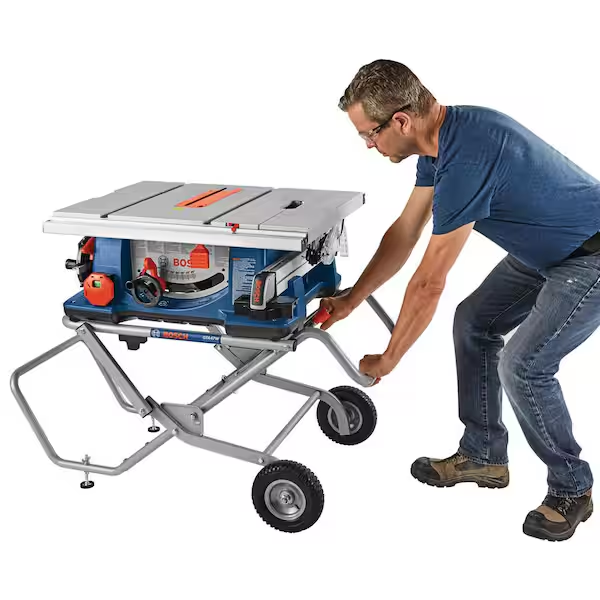

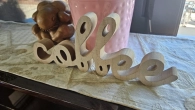
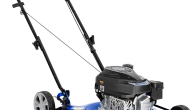
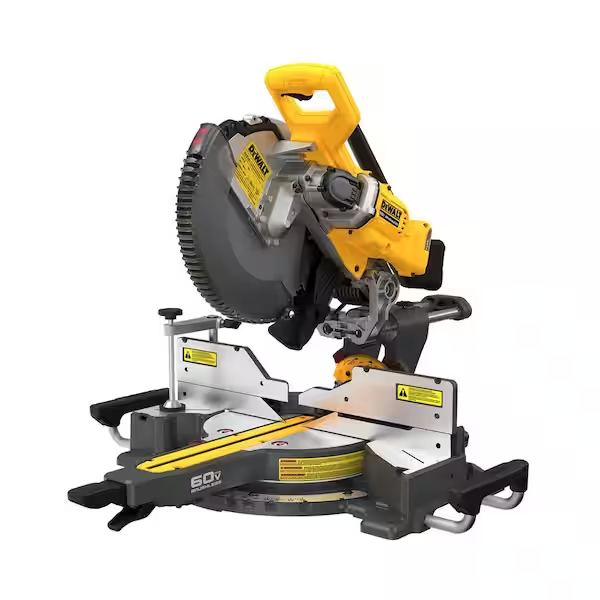


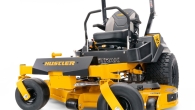
Leave a Reply